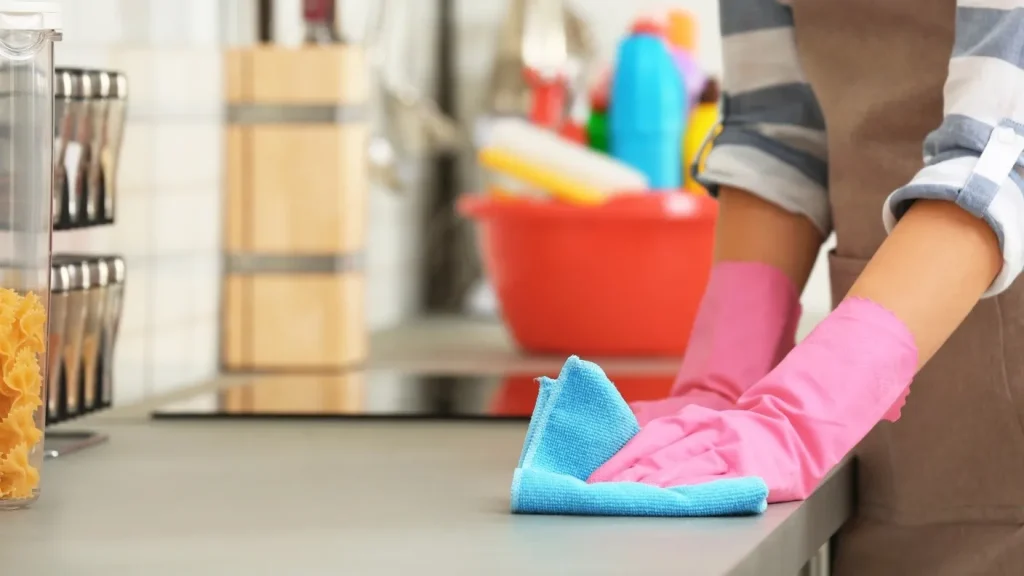How far in advance should I book an Instant Print Photo Booth?
Planning an event is like embarking on a thrilling journey, and every step you take contributes to the overall experience. Among the myriad of choices that add flavor to your occasion, there’s something utterly magical about an Instant Print Photo Booth. It’s not just a booth; it’s a time-traveling capsule that captures joy, laughter, and shared moments in an instant. Add a touch of excitement to your gatherings with a state-of-the-art photobooth singapore, creating delightful memories for you and your guests. Yet, amidst the whirlwind of event preparations, one question tugs at your excitement: When should you book that delightful Instant Print Photo Booth?
Picture this: your heart races as you envision your event, and you can already hear the sounds of laughter echoing through the venue. If your chosen date dances on the edge of a calendar hotspot – a cherished holiday, a coveted weekend during the wedding season, or a time when your town is wrapped in festive cheer – then, my friend, you’re in high demand territory. For these extraordinary moments, a little time-traveling of your own is needed. It’s wise to lock in your Instant Print Photo Booth adventure at least 6 to 12 months in advance. This ensures you secure your own little slice of photographic enchantment in the midst of the event frenzy.

Now, let’s venture to those quieter corners of the calendar, where the world takes a gentle breath. Weekdays, those unexpected gems, or the shoulder seasons when nature displays its tranquil palette. Here, the pace might be a tad more relaxed, allowing you to embrace a booking window of 3 to 6 months. This pocket of time allows you to meticulously plan, imagine, and design your photo booth experience, ensuring it seamlessly melds with your event’s spirit.
Remember, dear event architect, your geography shapes this journey too. The bustling urban hubs, where dreams converge, tend to have calendars bursting at the seams. If your event is set against the dazzling backdrop of a city’s skyline or a picturesque destination, make sure you’re donning your planner’s hat at least 6 months ahead of the grand day. The charm of rural landscapes or close-knit communities may grant you a little leniency. In these serene realms, a window of 3 to 6 months should suffice, letting you weave your Instant Print Photo Booth into the fabric of your event with a touch of rural allure.
In the grand tapestry of event planning, timing is your most cherished thread. So, dear maestro of memories, embrace the dance of time. Whether it’s 6 months or a mere 3, remember that this journey – from booking to the laughter echoing within the booth – is an adventure infused with the magic of anticipation. Capture joyful moments with a photobooth singapore, creating lasting memories and fun experiences.






















